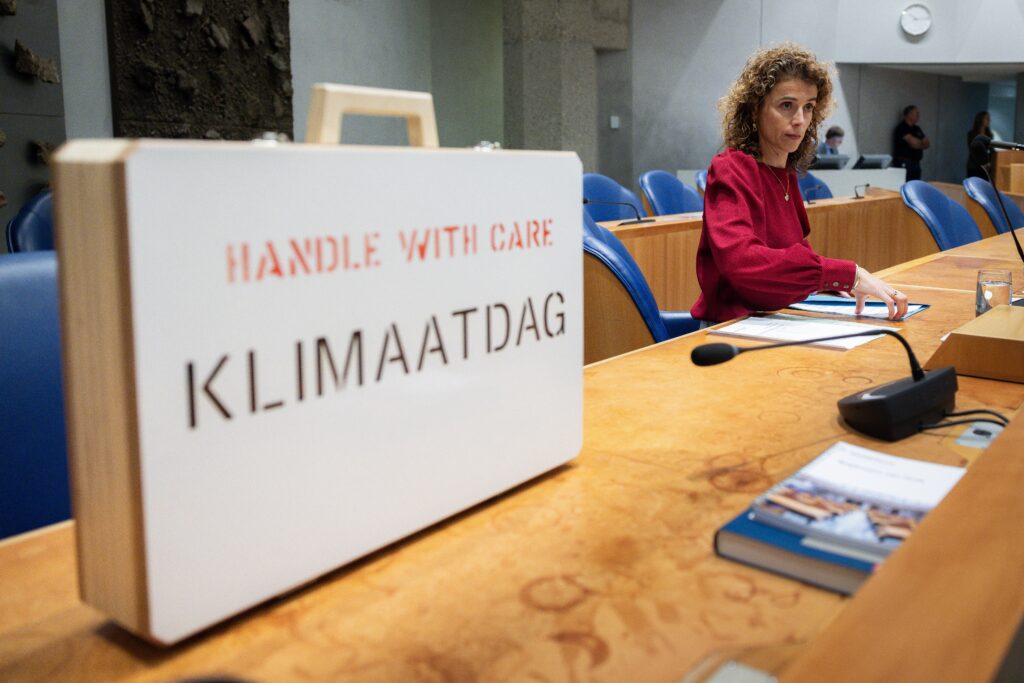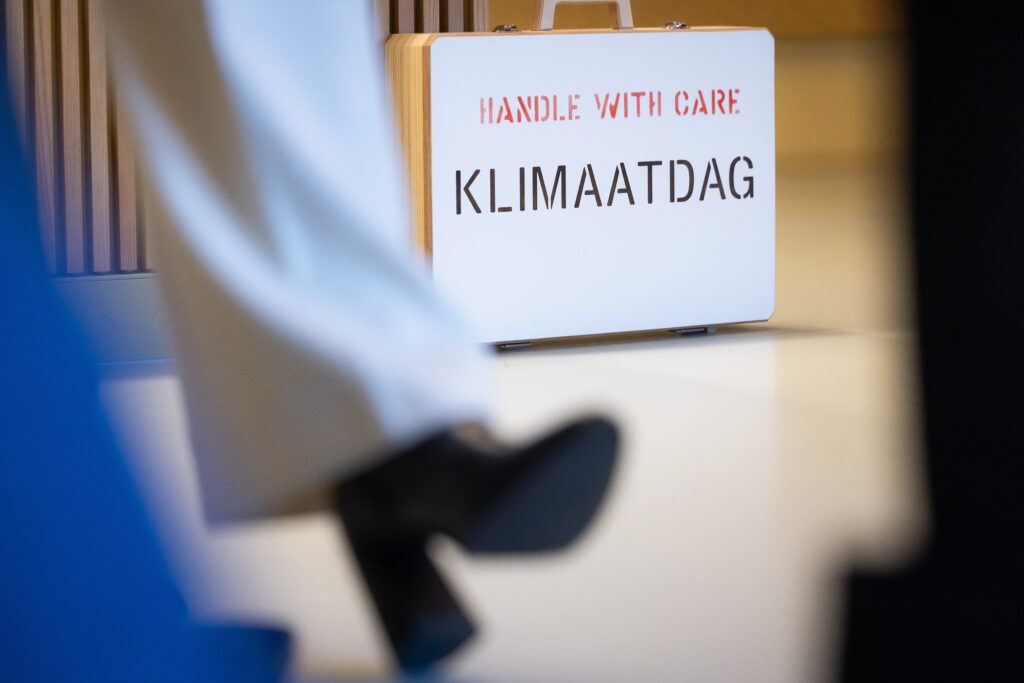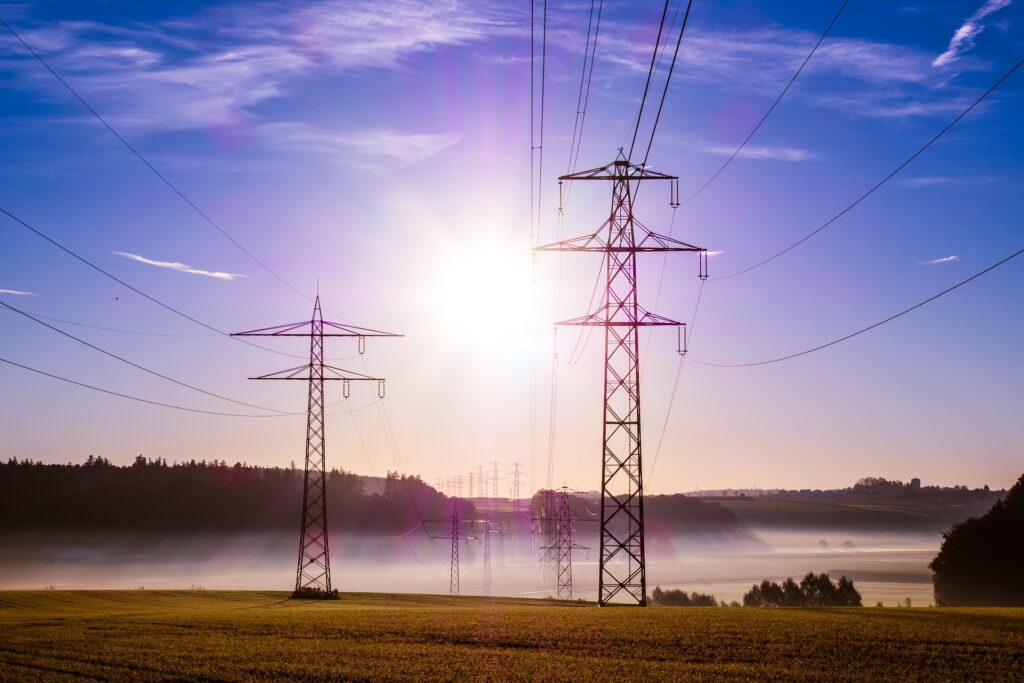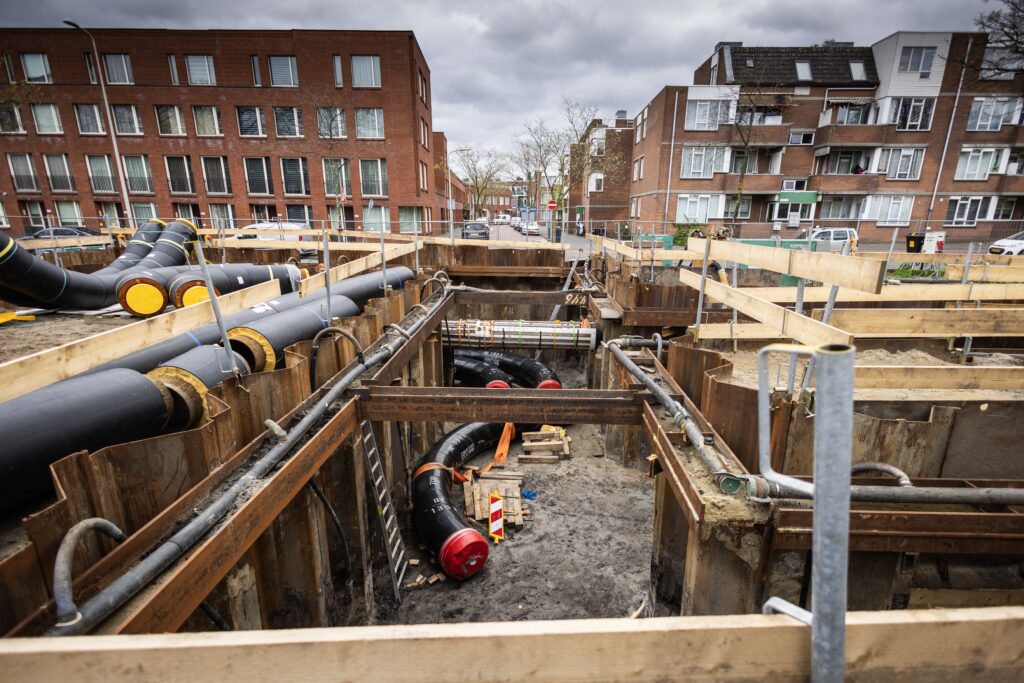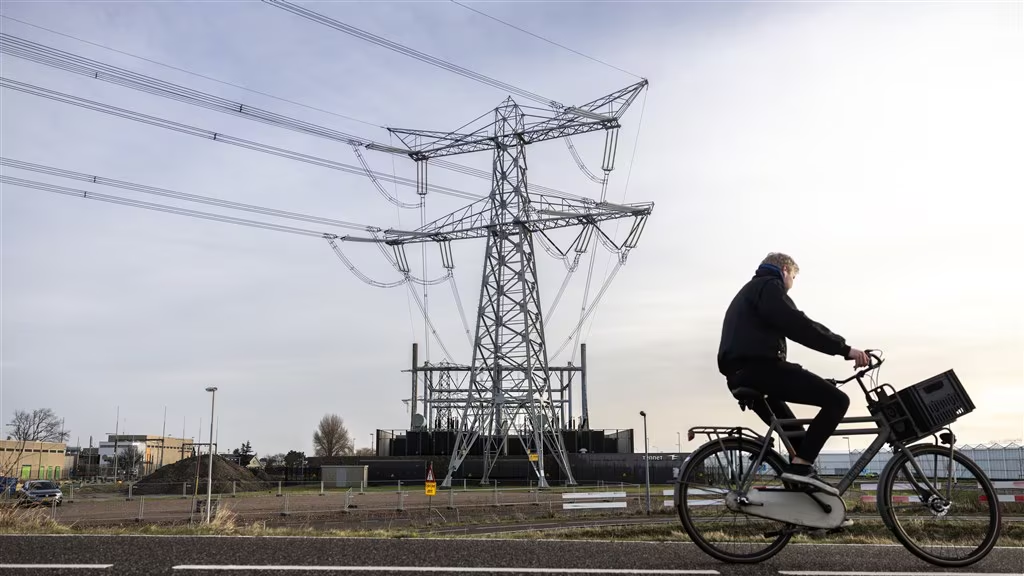Cora van Nieuwenhuizen speaks about hydrogen development during the E-world conference:
The Netherlands and Germany see great opportunities for cooperation in the North Sea to utilize the potential of wind energy for hydrogen production. The development of hydrogen infrastructure is crucial. It is important that the Netherlands and Germany make good agreements, for example about the planning of the infrastructure and the quality of hydrogen.
This is what Cora van Nieuwenhuizen, chairperson of Energie-Nederland, advocates during E-world energy & water, a leading trade fair in Essen (Germany) for energy and water. She will speak there together with her German industry colleague Kerstin Andreae (chairperson of BDEW) on one of the main stages.
North Sea Both the Netherlands and Germany already have a huge hydrogen industry. In the Netherlands, approximately 10% of our annual gas consumption is used for the production of hydrogen. Moreover, more than 80% of existing hydrogen consumption in Europe takes place in the Netherlands and Germany. Although starting a new chain with green and blue hydrogen is very complex, this would have been even more complex without existing customers. The North Sea is an important asset for both the Netherlands and Germany. This is the engine block of the energy transition. For example, imports to both the Netherlands and Germany are easier due to our geographical location. Huge amounts of CO2 from blue hydrogen can also be stored under the North Sea. Cora van Nieuwenhuizen: “Our industries and energy infrastructure are already strongly connected. This makes it easier to expand and intensify. You don’t have to start all over again. Thanks to the extensive gas network in the Netherlands, we can quickly and relatively cheaply install a national network for hydrogen. This can easily be connected to the German network.”
Infrastructure The Netherlands and Germany are currently developing the infrastructure separately. It would be dramatic if a different hydrogen quality standard soon applied at national borders. Cora van Nieuwenhuizen: “We must make binding agreements about this with Germany. And developers must then have the guarantee that they can actually transport their hydrogen when a project is completed. Therefore, do not wait until the market has completely formed, but start building the hydrogen network today.”
Solutions The North Sea offers a lot of potential, but it is not yet clear to what extent green hydrogen will actually be used. The demand for green hydrogen from industry, mobility and other sectors is still uncertain. The development of a hydrogen economy is therefore still in its infancy. There are obstacles but also solutions. For example, the production of renewable hydrogen should be supported with subsidies; to reduce the cost of hydrogen, for example. There is still a large price difference between green and grey hydrogen. Part of the industry has little opportunity to pass on higher costs on the international market. This makes it difficult to immediately enforce high standards for the use of green hydrogen. Cora van Nieuwenhuizen: “It is therefore crucial that the resources in the climate fund for the further development of green hydrogen are reserved for this purpose. Without a little push, it is not possible to kick-start the much-needed innovation and cost reduction.” Cora van Nieuwenhuizen: “No words, but hydrogen actions. Instead of thinking big and achieving nothing, we should focus on executing the first projects. These can get the market going. That could also herald a much-needed price reduction.”


